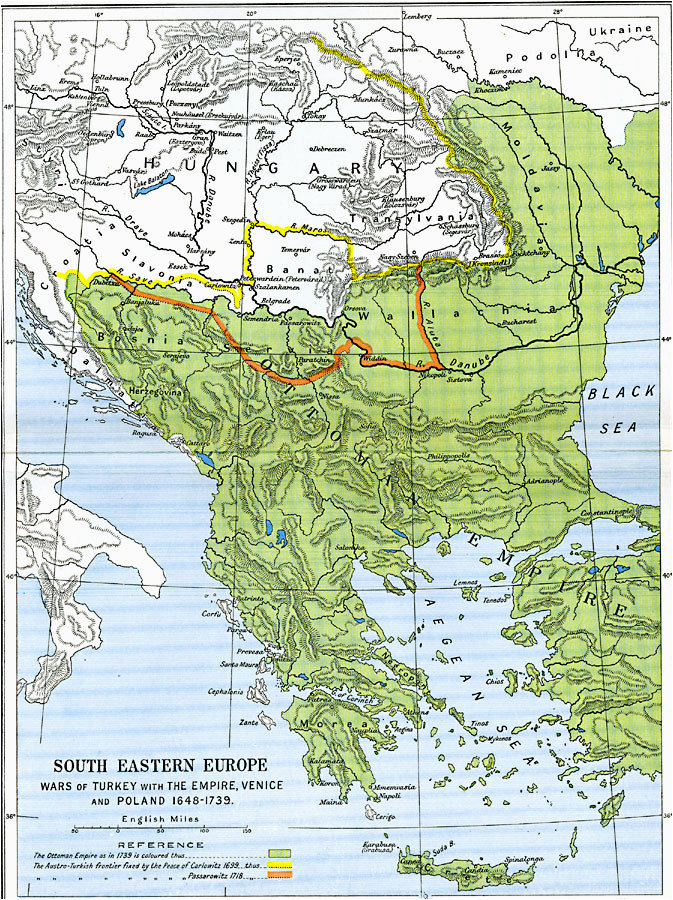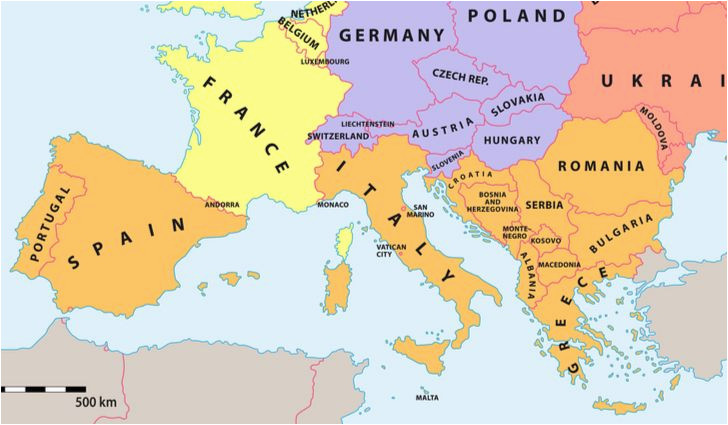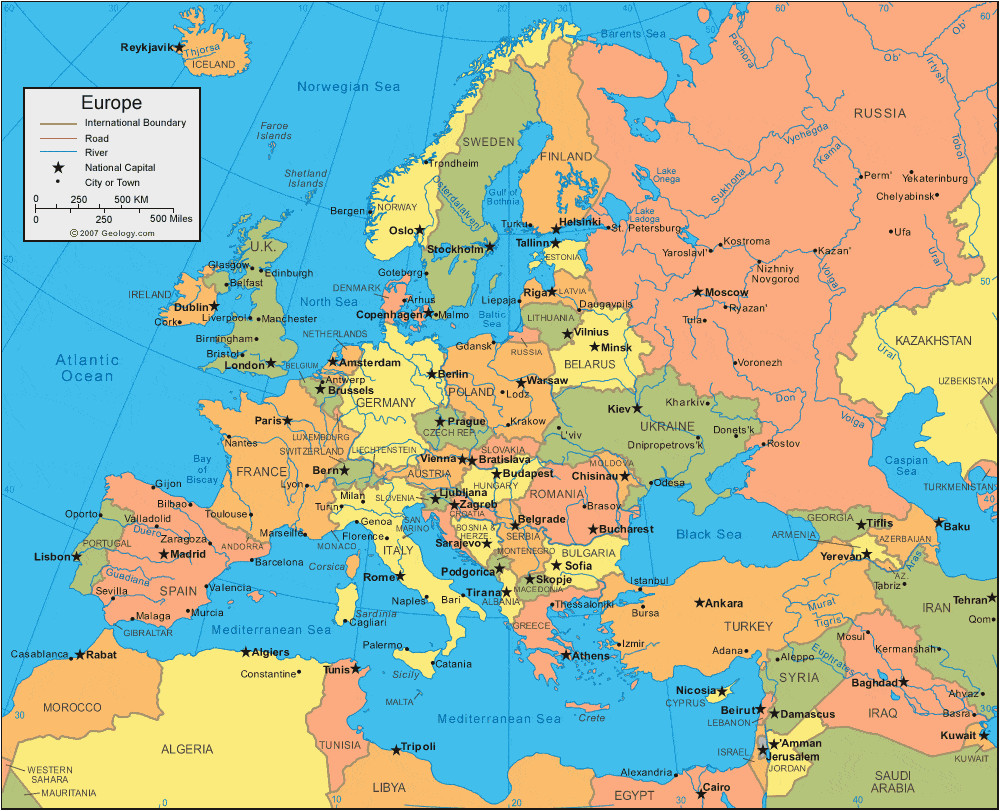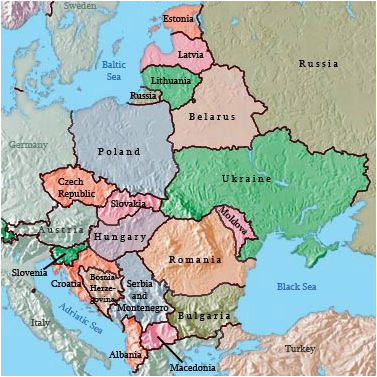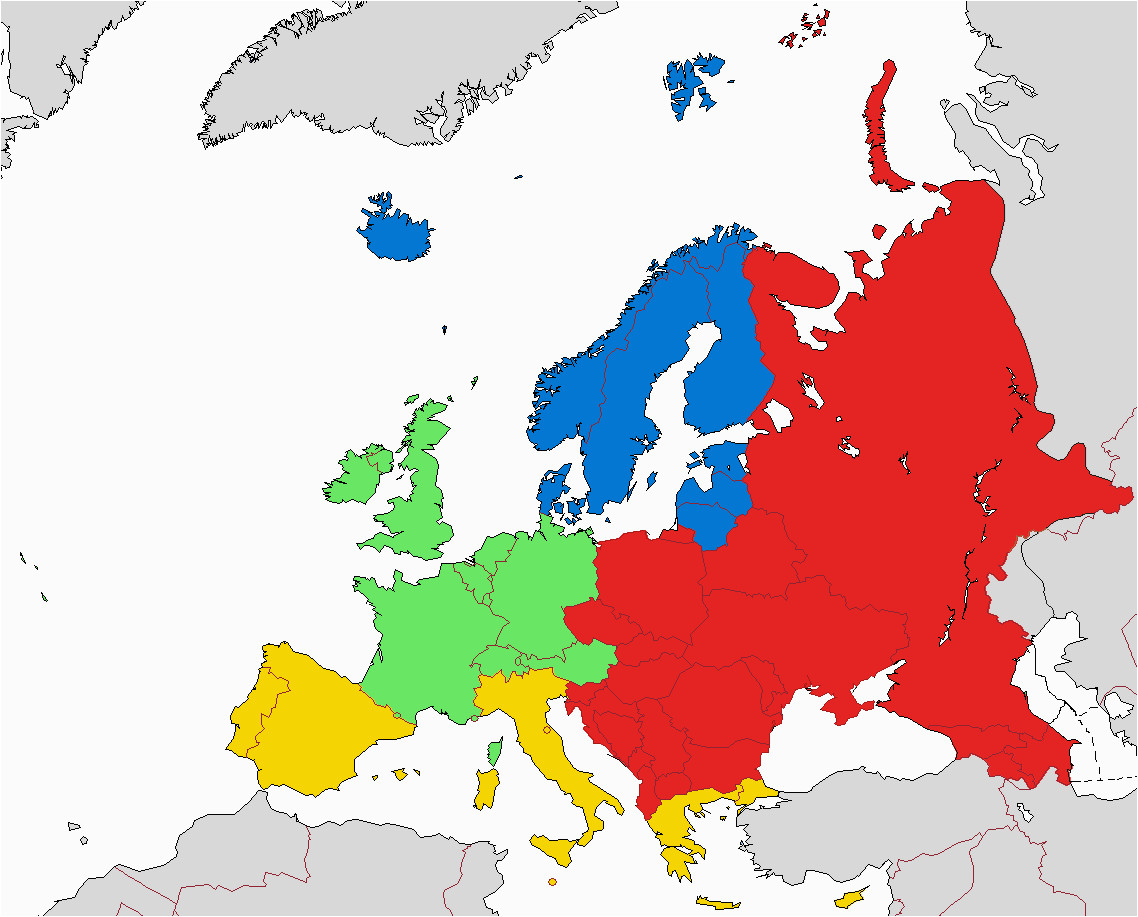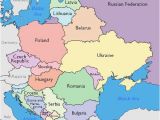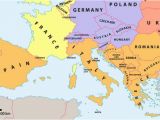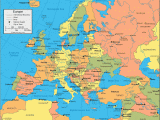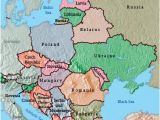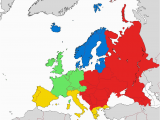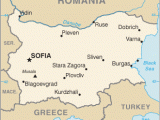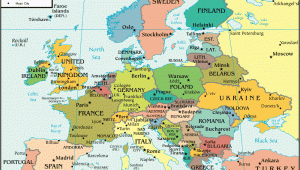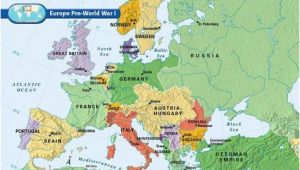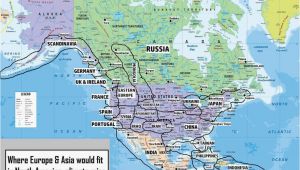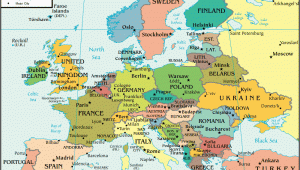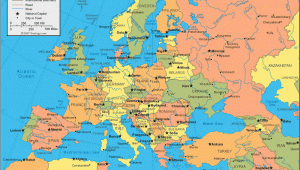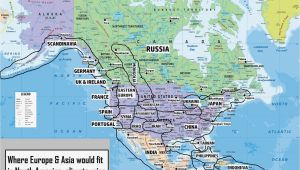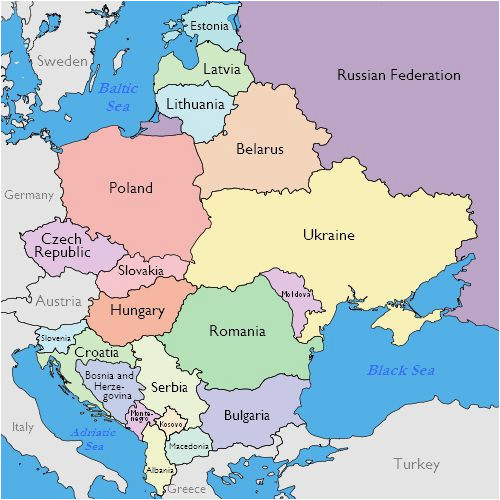
Europe is a continent located enormously in the Northern Hemisphere and mostly in the Eastern Hemisphere. It is bordered by the Arctic Ocean to the north, the Atlantic Ocean to the west, Asia to the east, and the Mediterranean Sea to the south. It comprises the westernmost allowance of Eurasia.
Europe is most commonly considered to be on bad terms from Asia by the watershed divides of the Ural and Caucasus Mountains, the Ural River, the Caspian and Black Seas and the waterways of the Turkish Straits. Although the term “continent” implies instinctive geography, the land attach is somewhat arbitrary and has been redefined several get older past its first conception in classical antiquity. The distancing of Eurasia into two continents reflects East-West cultural, linguistic and ethnic differences which correct on a spectrum rather than past a sharp dividing line. The geographic connect amid Europe and Asia does not follow any state boundaries: Turkey, Russia, Azerbaijan, Georgia and Kazakhstan are transcontinental countries. France, Portugal, Netherlands, Spain and associated Kingdom are along with transcontinental in that the main share is in Europe even though pockets of their territory are located in supplementary continents.
Europe covers virtually 10,180,000 square kilometres (3,930,000 sq mi), or 2% of the Earth’s surface (6.8% of estate area). Politically, Europe is divided into nearly fifty sovereign states of which the Russian Federation is the largest and most populous, spanning 39% of the continent and comprising 15% of its population. Europe had a total population of about 741 million (about 11% of the world population) as of 2016. The European climate is largely affected by hot Atlantic currents that temper winters and summers on much of the continent, even at latitudes along which the climate in Asia and North America is severe. other from the sea, seasonal differences are more noticeable than close to the coast.
Europe, in particular ancient Greece and ancient Rome, was the birthplace of Western civilization. The drop of the Western Roman Empire in 476 AD and the subsequent Migration epoch marked the stop of ancient history and the initiation of the center Ages. Renaissance humanism, exploration, art and science led to the innovative era. since the Age of Discovery started by Portugal and Spain, Europe played a predominant role in global affairs. with the 16th and 20th centuries, European powers controlled at various become old the Americas, just about all of Africa and Oceania and the majority of Asia.
The Age of Enlightenment, the subsequent French mayhem and the Napoleonic Wars shaped the continent culturally, politically and economically from the stop of the 17th century until the first half of the 19th century. The Industrial Revolution, which began in great Britain at the stop of the 18th century, gave rise to protester economic, cultural and social fine-tune in Western Europe and eventually the wider world. Both world wars took place for the most part in Europe, contributing to a fall in Western European dominance in world affairs by the mid-20th century as the Soviet devotion and the allied States took prominence. During the chilly War, Europe was not speaking along the Iron Curtain surrounded by NATO in the West and the Warsaw agreement in the East, until the revolutions of 1989 and fall of the Berlin Wall.
In 1949 the Council of Europe was founded, once a speech by Sir Winston Churchill, subsequent to the idea of unifying Europe to reach common goals. It includes every European states except for Belarus, Kazakhstan and Vatican City. further European integration by some states led to the formation of the European union (EU), a sever political entity that lies in the middle of a confederation and a federation. The EU originated in Western Europe but has been expanding eastward since the drop of the Soviet bond in 1991. The currency of most countries of the European Union, the euro, is the most commonly used in the midst of Europeans; and the EU’s Schengen place abolishes attach and immigration controls among most of its fanatic states.
Map Of south Eastern Europe has a variety pictures that linked to locate out the most recent pictures of Map Of south Eastern Europe here, and also you can acquire the pictures through our best map of south eastern europe collection. Map Of south Eastern Europe pictures in here are posted and uploaded by secretmuseum.net for your map of south eastern europe images collection. The images that existed in Map Of south Eastern Europe are consisting of best images and high vibes pictures.
These many pictures of Map Of south Eastern Europe list may become your inspiration and informational purpose. We hope you enjoy and satisfied subsequent to our best picture of Map Of south Eastern Europe from our deposit that posted here and plus you can use it for standard needs for personal use only. The map center team also provides the additional pictures of Map Of south Eastern Europe in high Definition and Best vibes that can be downloaded by click on the gallery below the Map Of south Eastern Europe picture.
You Might Also Like :
[gembloong_related_posts count=3]
secretmuseum.net can encourage you to get the latest assistance roughly Map Of south Eastern Europe. remodel Ideas. We pay for a top vibes high photo as soon as trusted allow and anything if youre discussing the habitat layout as its formally called. This web is made to slope your unfinished room into a simply usable room in helpfully a brief amount of time. correspondingly lets recognize a greater than before deem exactly what the map of south eastern europe. is all about and exactly what it can possibly attain for you. following making an embellishment to an existing address it is hard to develop a well-resolved increase if the existing type and design have not been taken into consideration.
map of eastern europe eastern europe political map map of eastern europe eastern europe is the eastern part of europe extending from germany to asia the term is highly context dependent and even volatile as there are almost as many definitions of eastern europe as there are scholars of the region a related un paper adds that every assessment of spatial identities is essentially a social political map of central and eastern europe nations central europe sometimes referred to as middle europe or median europe is a region of europe lying between the variously defined areas of eastern and western europe and south of northern european countries eastern europe wikipedia eastern europe is the eastern part of the european continent there is no consistent definition of the precise area it covers partly because the term has a wide range of geopolitical geographical cultural and socioeconomic connotations unodc south eastern europe welcome to unodc south eastern europe what s new unodc concluded the 4th series of national trainings on financial investigations in south eastern europe interactive map of europe europe map with countries and seas europe map online interactive map of europe showing its borders countries capitals seas rivers and adjoining areas it connects to information about europe and the history and geography of european countries europe is the western part of the eurasian land mass asia is the larger eastern part map of europe 1914 emersonkent com map description historical map of europe in 1914 illustrating allied powers central powers neutral powers railways credits courtesy of the united states military academy department of history europe map quiz ilike2learn com efficiently gain some geography knowledge today and learn the european countries with this europe map game europe may not be as small as you once thought europe map map of europe information and interesting europe map explore this map of europe which is the world s second smallest continent having 50 sovereign countries the continent of europe occupies 6 8 of the total land area on earth as shown in the map of europe that it holds small percentage of land worldwide south africa map eastern cape western cape south google maps south africa gazetteer complete list of google satellite map locations in south africa galicia eastern europe wikipedia in 1773 galicia had about 2 6 million inhabitants in 280 cities and market towns and approximately 5 500 villages there were nearly 19 000 noble families with 95 000 members about 3 of the population
